A brief disclaimer: as I’ve said previously, it feels pretentious to be writing a retrospective of my own books. I think I’m doing this for my own benefit more than anything else, so please bear with me. It’s some weird kind of personal therapy, I think…
For me, the writing process usually begins when I come up with an ending, then work my way back to the beginning of a story. Not so with the second AUTUMN novel. This time, just to be different, I began with the middle.
I’d been wondering what had happened to Michael and Emma after escaping the farm house at the end of the first book (it wasn’t until recently that I actually went back and filled in that part of their story – see BREAKING POINT over at www.lastoftheliving.net). I had visions of them quickly coming to the conclusion it would be too dangerous to stay in one place, and so electing to base themselves in a mobile home and move whenever the immediate danger became too great. But I knew that in order to move the overall AUTUMN story forward – and it was starting to feel like a much bigger story by that point – they’d need to interact with characters we hadn’t yet met. This meeting – whenever and with whomever – would have to happen almost a month after the initial infection, and yet I wanted these new characters to feel like people we already knew. The best option, I thought – though not necessarily the most obvious – was to rewind time and start from the beginning again.

AUTUMN: THE CITY begins with Donna Yorke watching the world fall apart from the ninth-floor office where she works. Elsewhere, Jack Baxter is travelling home from a night shift, when the driver of the bus he’s on dies at the wheel. Elsewhere, music store clerk Paul Castle watches helplessly as his customers and colleagues drop dead around him, and there’s nothing Dr Phil Croft can do to save any of the patients or staff dying on the hospital ward where he works.
The second AUTUMN book allowed me to open up the cast of characters and consider how vastly different people might (or might not) cope as the apocalypse unfolds around them. Until then I’d been perennially frustrated by the stereotypical characters inhabiting many other zombie books and films, and this was my chance to do something about it. By cramming together as many diverse survivors as possible – exactly as I’d imagine you’d find should a virulent killer virus strike a busy city centre – I was able to ask the kind of questions I hadn’t heard asked before: How would a young child survive alone? How would people from vastly different social backgrounds react when trapped together, desperate and terrified? How would someone who couldn’t speak a word of English cope in a foreign city as the world falls apart around them? What would happen to a baby conceived before but born post-infection?
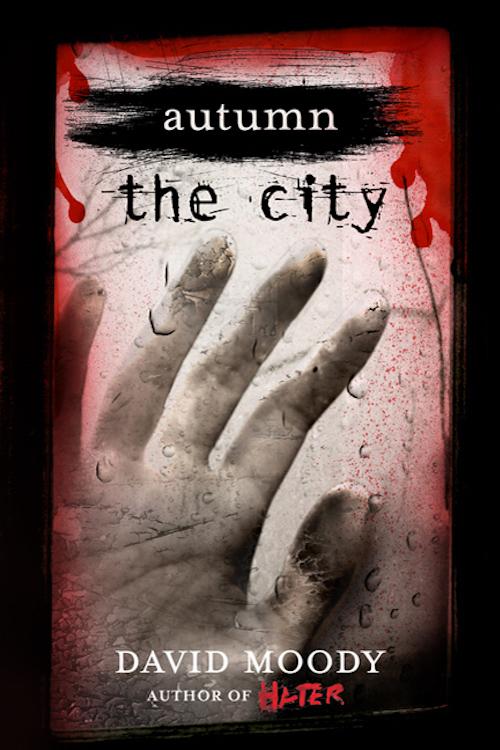
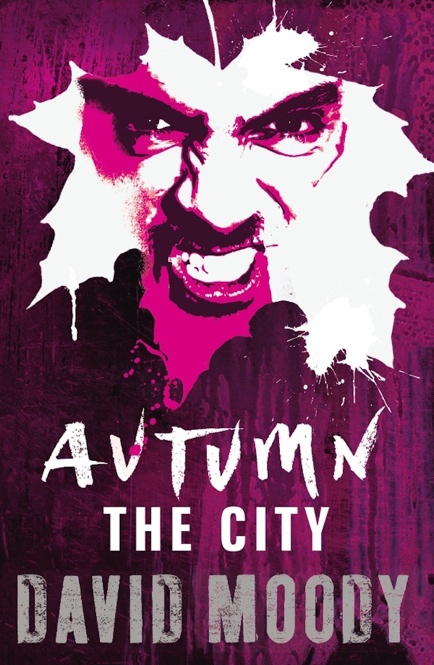
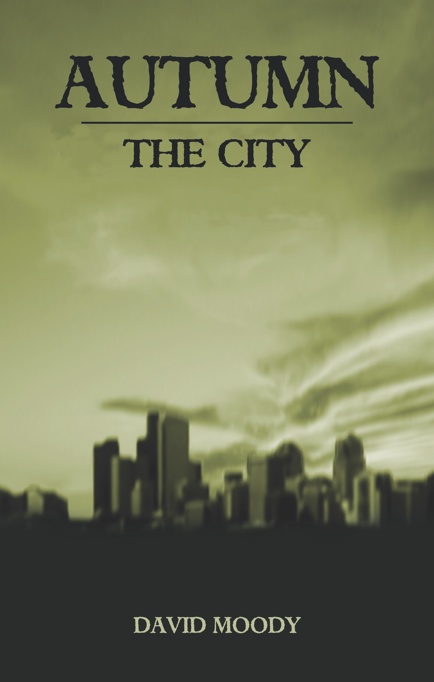
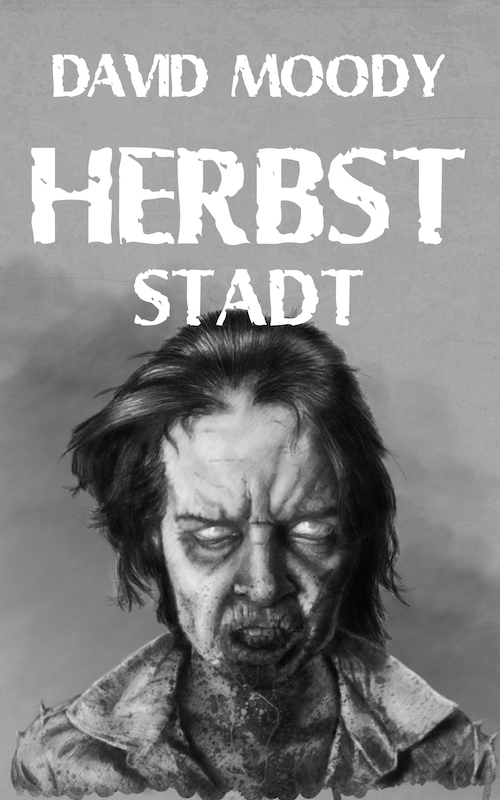
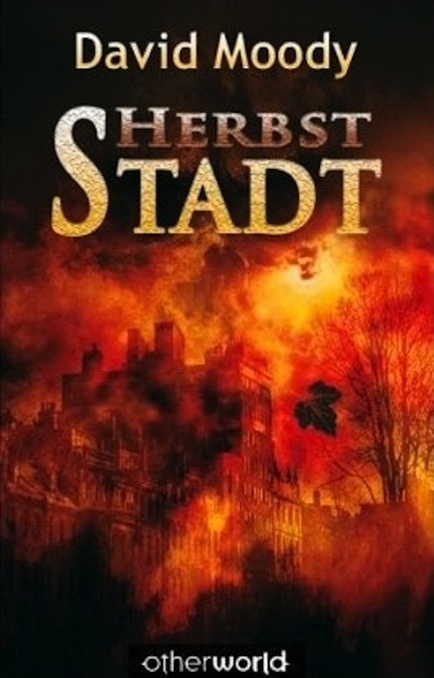
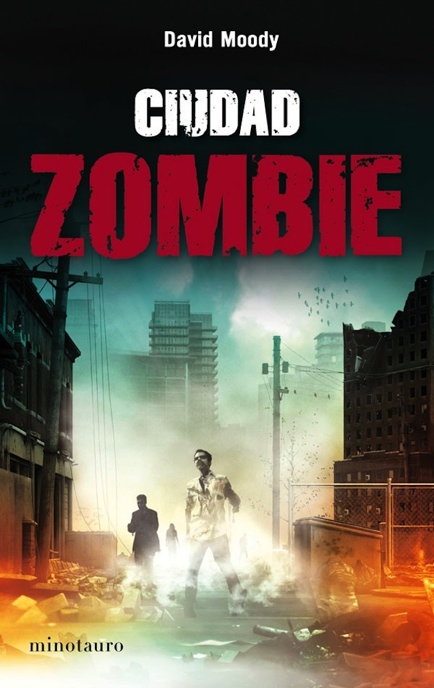
It was here that the germ of the idea which became the AUTUMN: ECHOES series was born. It would have been impossible to provide full introductions to every character (where were you when the world ended?) without seriously derailing the novel, so I began to write their stories separately, starting with incidental characters like Sonya Farley and Sheri Newton. I’ll talk more about ECHOES and the collection THE HUMAN CONDITION which followed in a couple of weeks time.
I like the mix of survivors in THE CITY. Over the course of the AUTUMN series, survivors often comment on how the infection strips away all personality from the dead. Whether they were male or female, young or old… now they’re just the dead. The same is true of the survivors, though to a lesser extent. Whilst they still have their individual personalities, huge swathes of their pre-disaster lives have been rendered obsolete by Armageddon. They’re no longer teachers, doctors, secretaries, school kids, soldiers and the like; they’re just people, doing their best to survive the most dire of situations with very little information or help.
The second book takes place over a longer period of time than the first, and that enabled me to continue the development of the dead. It was here that their herding behaviours became clear, and where we started to get the distinct impression that though their bodies were deteriorating, their self-awareness was gradually beginning to improve. When I re-edited the first two books for the Thomas Dunne Books and Gollancz re-issues, I added a couple of extra scenes to flesh this out (pardon the pun). In AUTUMN that was the appearance of Veronica, a young survivor, at the community centre, and Michael and Carl’s subsequent trip out of the centre to find out why crowds of corpses are gathering outside. In AUTUMN: THE CITY, a university student, Sunita, pays a late-night visit to the student guild in search of cigarettes, and manages to attract the attention of a massive nest of bodies (and rats) in the process.
I’ll be completely honest, THE CITY is my least favourite of the AUTUMN books. That said, its release marked an important turning point for me. It was the first time I’d released a book independently and asked people to pay to read it. I didn’t know if anyone would, and I was amazed when, just a few minutes after the book appeared online, a few sales trickled in. I went away that weekend, and when I returned and found that the book had continued to sell steadily, I began to think I might be on to something…
Just to wrap this up, another word about locations. I mentioned Donna Yorke’s ninth-floor office – that was my office. I worked for a bank, managing a processing centre in the middle of Birmingham city centre, and it didn’t take much to start me thinking about zombies and the end of the world while I was at work!If you were to cross to the other side of the building from my desk and look down, immediately below you’d have seen the Birmingham Law Courts and, a little further away, Aston University. The university, with its then newly-built red-brick accommodation block, became a key setting in the book. But you could never use THE CITY as a tourist guide to Brum, and that’s one of the reasons why I left the locations unnamed. I took real artistic licence with the geography of the city. Landscapes change continually, and I’ve always been wary of tying a book to a particular location which might cease to exist. In the case of AUTUMN: THE CITY, much of Birmingham has changed. The subways, for example, through which Cooper battles swarms of corpses in the darkness to get to the university, have long since been filled in.
The second AUTUMN novel ends in a very different position to where it began – underground, with all the main characters together for the first time – and it’s no cliché to say that, by the end of the book, I was in a different place too. I’d begun to fully understand the potential scale of the dead world I’d created. I was already planning book three as I was writing THE CITY, and I knew it would be very different to the previous novels. More about PURIFICATION next week.